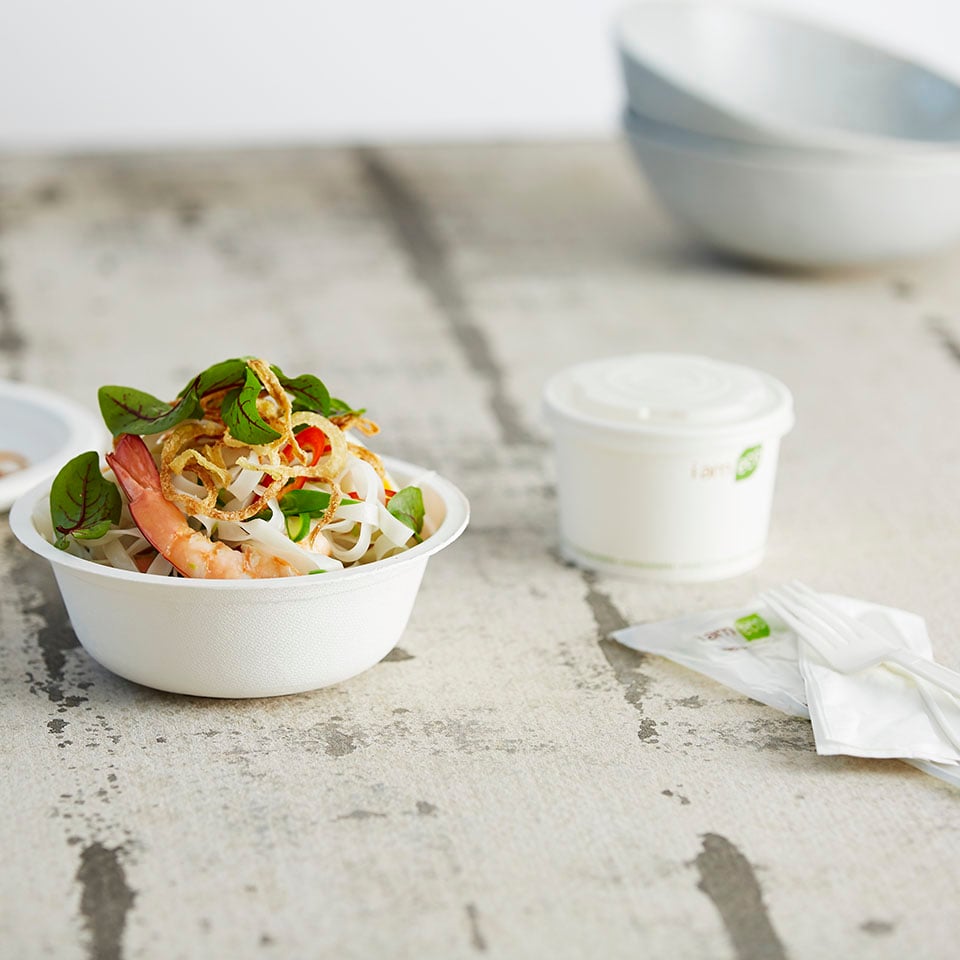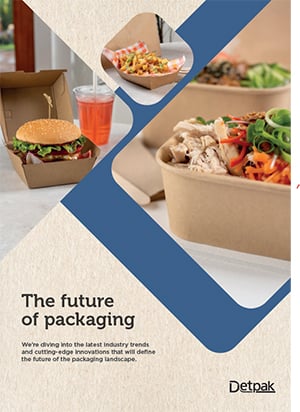Are you sure?
Are you sure? If you change your country now, any items you have added to your quote will disappear.
Your location
Please set your location to see relevant stock levels. Freight costs and taxes will be calculated once you log in.
Note: changing your location will empty your cart.
Cut the rubbish: Common sustainable packaging terms
It is easy to feel lost in a tirade of sustainable packaging terms. We know customers want to do the right thing in choosing sustainable packaging, but it can be difficult to know the difference between a product claiming it is biodegradable, compostable, degradable or recyclable.
We are here to cut the rubbish on common sustainable packaging terms and what these end of life options actually mean for our environment.
Biodegradable
Biodegradation is a natural process in which materials are transformed into substances of water, carbon and biomass with the help of microorganisms.
However, there is no length of time that a biodegradable packaging product is required to break down in order to claim biodegradability.
Unless paired with additional information about the timeframe and environment the packaging material can biodegrade in, as well as certificates or test results, biodegradability can be a vague or misleading claim.
There is currently no overarching standard to back up claims about biodegradability1.

Compostable
This is one of the most confusing packaging terms. We’ve broken this definition into three types of “compostable”.
- Industrial compostable - In accordance with Australian Standards AS4736–2006 or EU standard EN13432, these products require industrial composting conditions to break down. Limited infrastructure means these products often go to landfill and generate methane, a greenhouse gas 23 times^ more potent than carbon dioxide.
- Home compostable - AS 5810–2010: This is a voluntary certification launched by the Australasian Bioplastics Association2. To be home compostable packaging has to biologically decompose in a composting system within a defined period of time. It must also meet quality criteria in ecotoxicity3.
- Plastic free – These items are recyclable or compostable. Food packaging made from paper or board which is plastic free does not have to be certified. This packaging can be recycled to allow the valuable paper fibres to live again, or composted.

Degradable
Degradable refers to a packaging product designed to break down to an unspecified extent, usually in an unspecified time and in an unspecified end environment. This term is vague and is not necessarily a sustainable option because of concerns with microplastics in the environment.
Recyclable
Packaging or a packaging component4 is recyclable where the components or resources used in that product can live again. This includes where item can be recovered and sorted in a stream where at least 70% of its weight can be recycled into another product.
Part of this definition includes at least 80% of the overall population has convenient access to a service that collects the packaging or packaging component, kerbside recycling in Australia is an example of wide access to collection.

For single-use items, we encourage you consider a product's end of life and look to choose recyclable or compostable products.
Or some of our other sustainable options in cartons and tray include our Endura or Go Range.
1https://www.european-bioplastics.org/glossary/
2https://www.nationalgeographic.com/environment/2018/11/are-bioplastics-made-from-plants-better-for-environment-ocean-plastic/
^ https://phys.org/news/2017-12-truth-bioplastics.html
3https://www.nationalgeographic.org/find-explorers/jenna-romness-jambeck
4http://www.helenlewisresearch.com.au/wp-content/uploads/2014/03/Compostable-DSMG-082013.pdf

